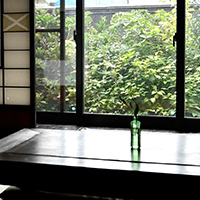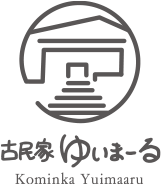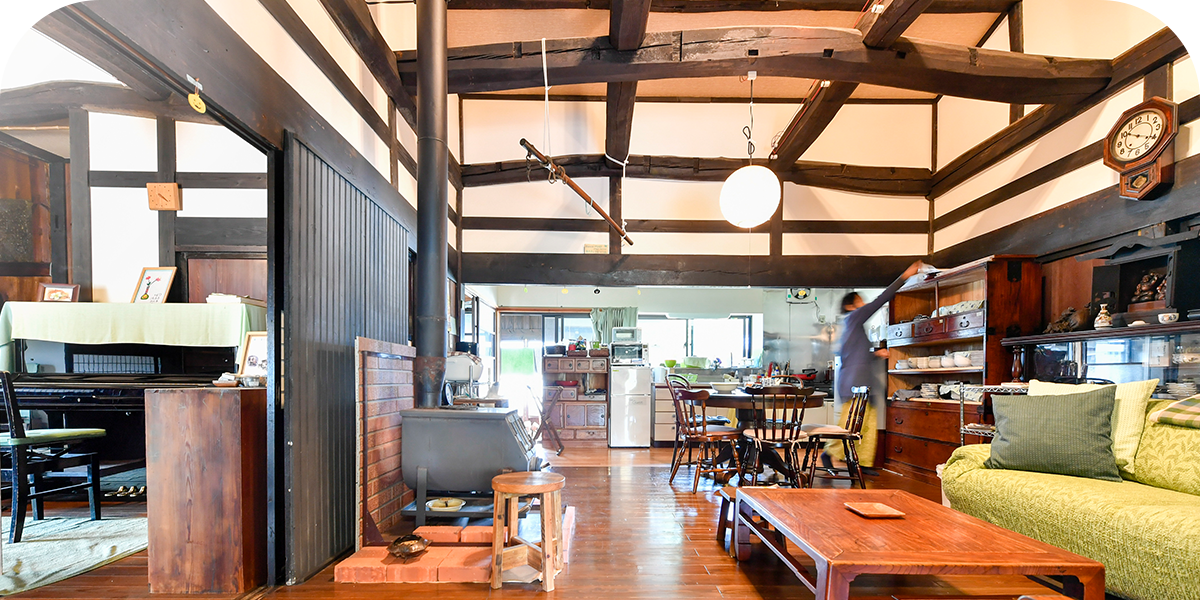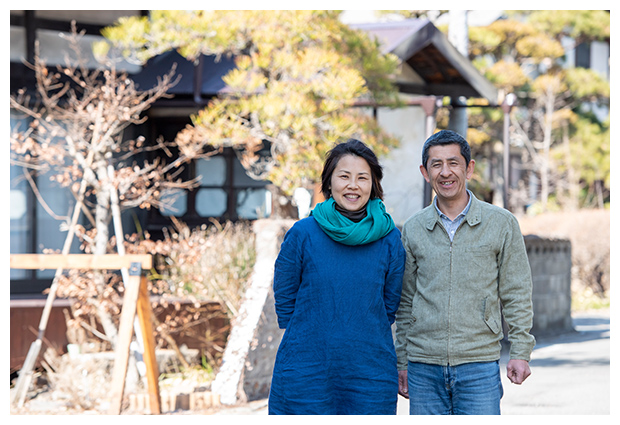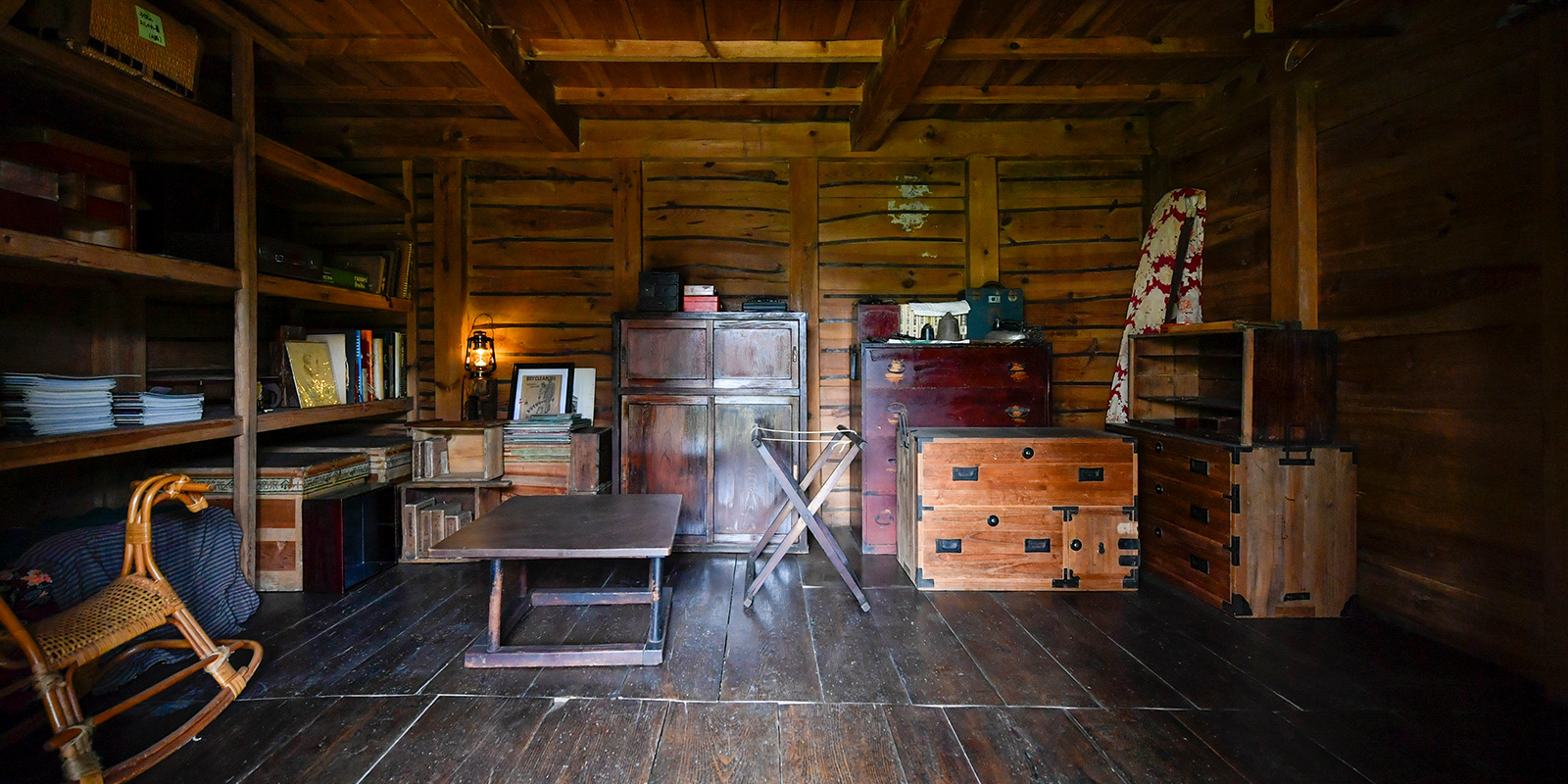Our story about “Yuimaaru”
ゆいまーるとは
Our story about “Yuimaaru”
Only a 5 min walk from JR Tatsuno station.
Kominka, which means ‘old farm house’ was built in the mid-1800s by our ancestors.
“Yuimaaru” is a word that originates in Okinawa, and it is widely used there.
It means ‘to help each other.’
Since we love Okinawa and this word, we named our guesthouse “Yuimaaru”.
Come and connect with a person who also came on a journey, to experience the daily life of this town.
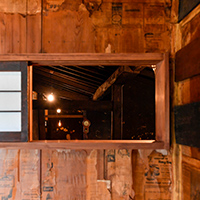
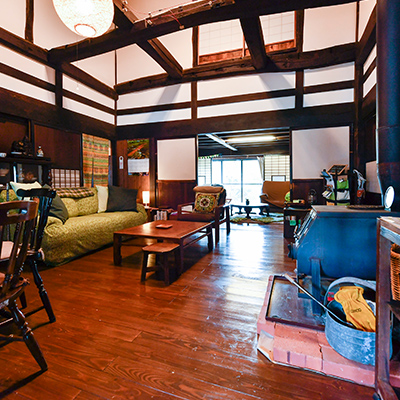
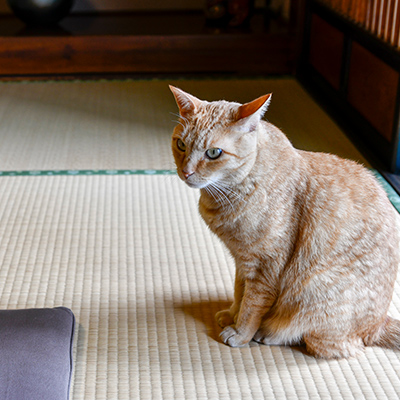
ゆいまーるに込めた想い
JR辰野駅から徒歩5分。
小さな路地を歩くと1800年半ばに建てられご先祖様からゆずりうけた古民家。
“ゆいま–る”は沖縄の言葉で「結びつき」や「助け合い」を意味します。
暮らすように地元の方ローカルと触れ合える場所になったらいいな。
人と人、人と地域がつながる場になればと“ゆいま–る”と名付けました。
